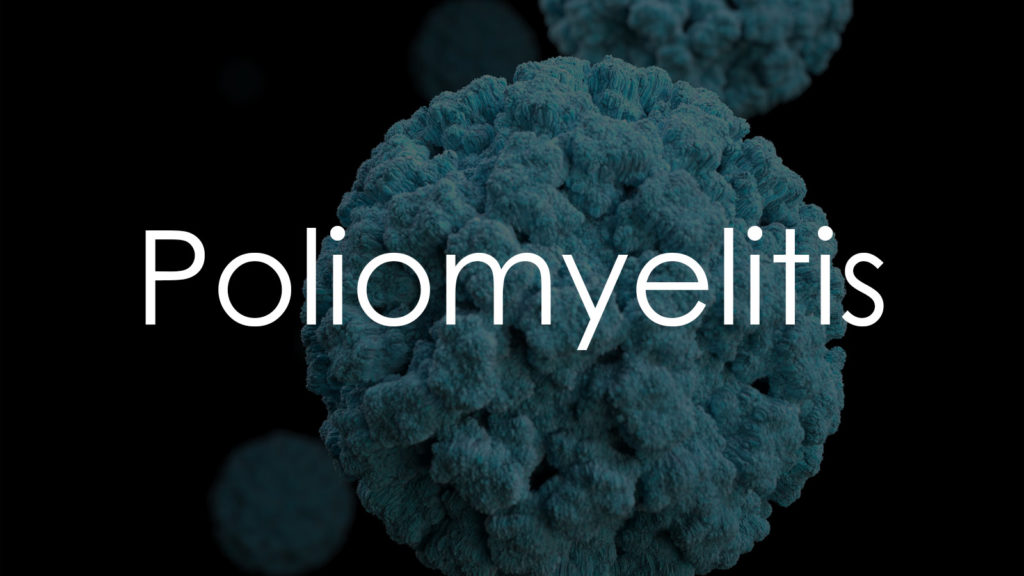Poliomyelitis, commonly known as polio, can lead to a range of severe complications, particularly in cases where the infection progresses beyond the initial symptoms. Understanding these complications is crucial for early detection, effective management, and prevention.

Neurological Complications
Paralysis
Acute Flaccid Paralysis
One of the most severe complications of poliomyelitis is acute flaccid paralysis, which can occur within days of initial symptoms. This type of paralysis is characterized by sudden weakness or loss of muscle tone, particularly in the limbs.
Asymmetrical Paralysis
Polio often causes asymmetrical paralysis, meaning one side of the body is more affected than the other. This can lead to significant mobility issues and long-term disability.
Bulbar Poliomyelitis
Cranial Nerve Involvement
Bulbar poliomyelitis affects the brainstem, leading to paralysis of the muscles controlled by the cranial nerves. This can result in difficulty swallowing, speaking, and breathing.
Respiratory Failure
In severe cases, bulbar poliomyelitis can lead to respiratory failure, necessitating mechanical ventilation to assist with breathing.
Post-Polio Syndrome (PPS)
Late-Onset Symptoms
Post-Polio Syndrome (PPS) occurs in polio survivors years after recovery from the initial infection. Symptoms include progressive muscle weakness, fatigue, and joint pain.
Progressive Nature
PPS is characterized by a gradual decline in muscle function, which can significantly impact daily activities and quality of life.
Musculoskeletal Complications
Muscle Atrophy
Loss of Muscle Mass
Muscle atrophy, or the wasting away of muscle tissue, can result from prolonged paralysis. This leads to reduced muscle strength and endurance.
Impact on Mobility
Severe muscle atrophy can greatly impact mobility, making it difficult for individuals to perform everyday tasks and maintain independence.
Joint Deformities
Contractures
Contractures occur when muscles and tendons become permanently shortened, leading to joint deformities and restricted movement.
Scoliosis
Polio can lead to scoliosis, a curvature of the spine, especially in children who have experienced significant limb weakness and muscle imbalances.
Respiratory Complications
Chronic Respiratory Insufficiency
Weakened Respiratory Muscles
Damage to the muscles involved in breathing can lead to chronic respiratory insufficiency. This condition requires long-term management and, in severe cases, the use of respiratory aids.
Frequent Infections
Individuals with weakened respiratory muscles are more susceptible to respiratory infections, which can further complicate their condition and require frequent medical attention.
Sleep-Related Breathing Disorders
Sleep Apnea
Polio survivors, especially those with bulbar involvement, are at increased risk for sleep apnea and other sleep-related breathing disorders. These conditions can lead to poor sleep quality and additional health complications.
Management and Treatment
Treatment for sleep-related breathing disorders may include the use of continuous positive airway pressure (CPAP) devices and other respiratory aids to ensure adequate breathing during sleep.
Cardiovascular Complications
Cardiomyopathy
Heart Muscle Weakness
Cardiomyopathy, a condition where the heart muscle becomes weakened, can occur as a complication of poliomyelitis. This can lead to heart failure and other serious cardiovascular issues.
Symptoms and Management
Symptoms include shortness of breath, fatigue, and swelling of the legs. Management typically involves medications, lifestyle changes, and close monitoring by a cardiologist.
Gastrointestinal Complications
Dysphagia
Difficulty Swallowing
Bulbar poliomyelitis can affect the muscles involved in swallowing, leading to dysphagia. This can result in difficulty eating and drinking, increasing the risk of aspiration and malnutrition.
Aspiration Pneumonia
Dysphagia can lead to aspiration pneumonia, a condition where food or liquid enters the lungs, causing infection. This requires prompt medical intervention to prevent serious health outcomes.
Constipation
Reduced Mobility
Constipation is a common complication due to reduced mobility and weakened abdominal muscles. Managing constipation involves dietary changes, increased fluid intake, and sometimes the use of laxatives.
Psychological Complications
Depression and Anxiety
Emotional Impact
The physical limitations and chronic pain associated with polio complications can lead to depression and anxiety. These psychological effects can significantly impact quality of life and overall well-being.
Counseling and Support
Mental health support, including counseling and support groups, is crucial for individuals dealing with the long-term effects of polio. This can help them cope with their condition and improve their mental health.
Immune System Complications
Increased Susceptibility to Infections
Weakened Immune Response
Polio survivors may have a weakened immune system, making them more susceptible to infections. This includes respiratory infections, urinary tract infections, and skin infections.
Preventive Measures
Preventive measures, such as vaccinations, good hygiene practices, and regular medical check-ups, are essential to protect polio survivors from additional infections.
Endocrine Complications
Growth Hormone Deficiency
Impact on Development
In children, polio can affect growth hormone production, leading to growth hormone deficiency. This can result in stunted growth and delayed physical development.
Treatment Options
Treatment involves hormone replacement therapy and close monitoring of growth and development by a pediatric endocrinologist.
Renal Complications
Chronic Kidney Disease
Long-Term Effects
Chronic kidney disease can develop as a long-term complication of poliomyelitis, particularly in those who have experienced severe muscle wasting and immobility.
Management and Monitoring
Management includes regular monitoring of kidney function, dietary modifications, and medications to manage symptoms and slow disease progression.
Conclusion
Complications of poliomyelitis can be severe and affect various organs and systems in the body. Early recognition and prompt medical treatment are crucial for managing these complications effectively. Comprehensive care, including physical and occupational therapy, respiratory support, nutritional management, and psychological support, is essential for improving outcomes and quality of life for individuals affected by polio. By understanding the potential complications, individuals and healthcare providers can take proactive steps to seek appropriate care and reduce the risk of severe outcomes.